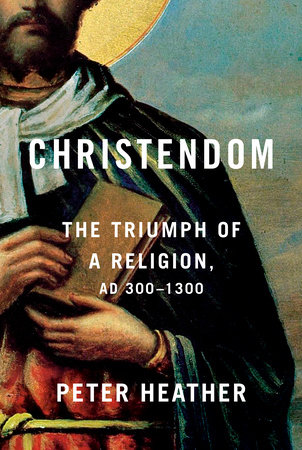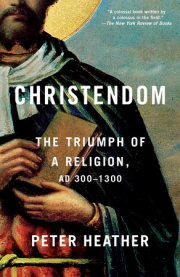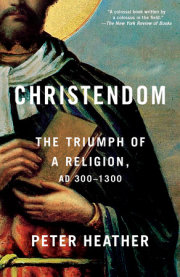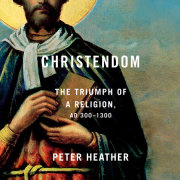Books for World Religion Day
For World Religion Day on January 19th, we are sharing books from writers who practice various religious traditions and beliefs, with topics including the history of religion, using spirituality to approach life in a more ethical way, guidance on social change, nature and religion, and the current cultures within different religious communities. Find a full







